P2C2E - a process too complicated to explain
I'd like to tentatively announce that Spring has arrived in Switzerland.

Montreux
On Saturday we went to Montreux, Switzerland.
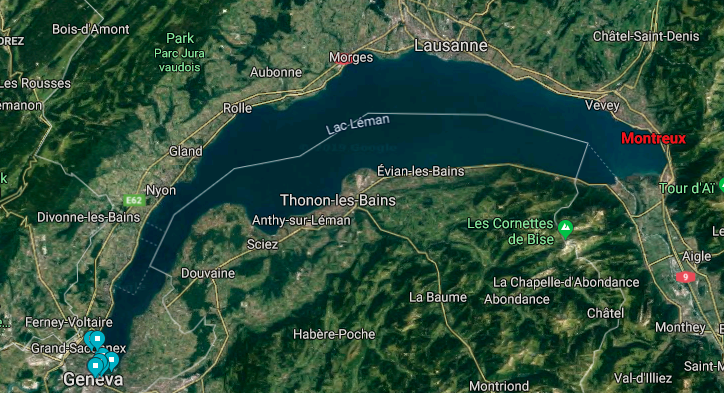
Montreux is similar to Geneva, as all of these towns on the lake are. It differs in that it's smaller, quieter, and that its pushed right up against the mountains.

Montreux is paradise. With the clear water, the flowers blooming, and the sun shining through the mountains overhead, it's easily one of the most beautiful places I have ever been to.
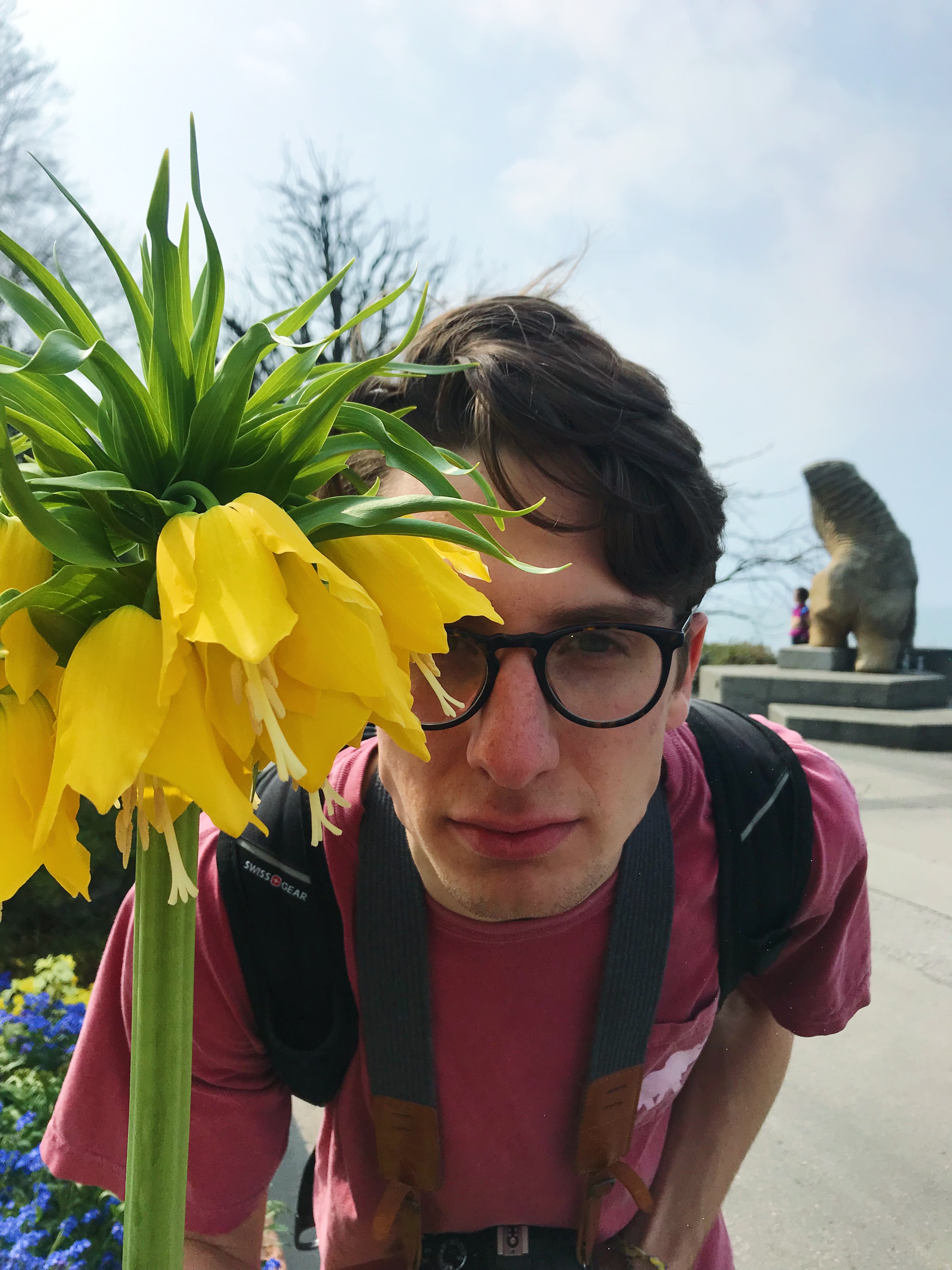
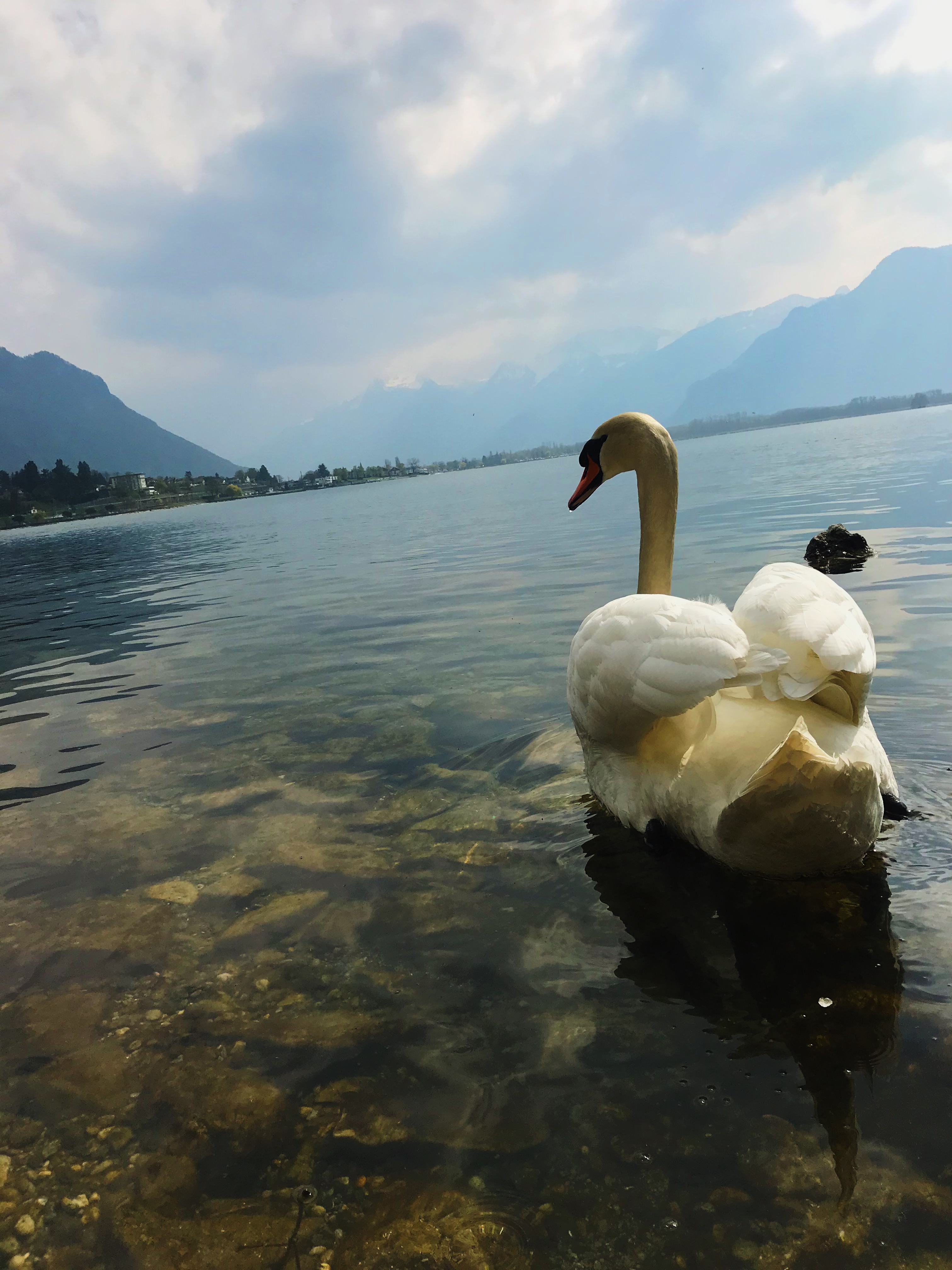
It's the perfect spot for a movie. Here's a picture of the Grand Budapest Hotel. (not really)
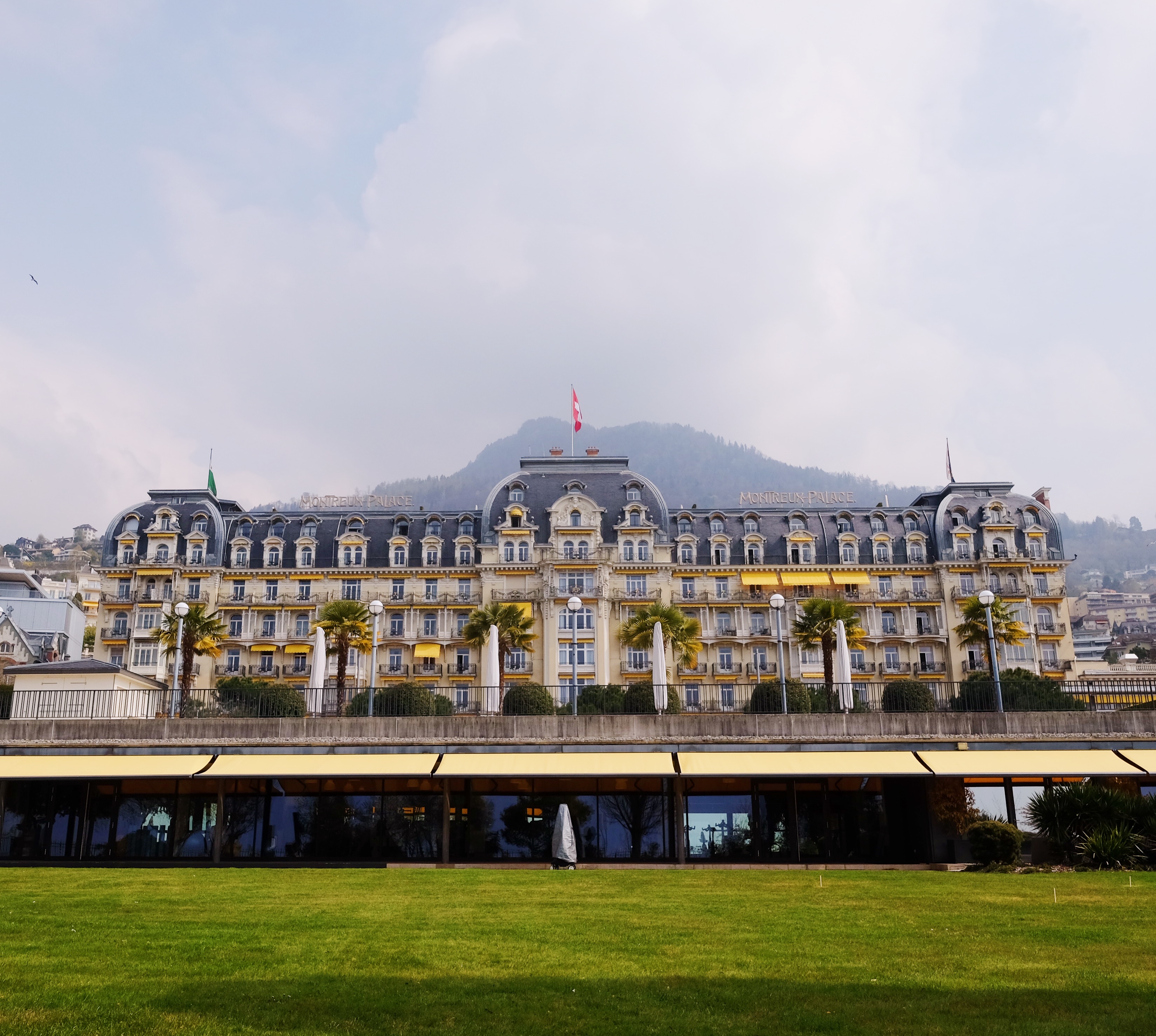
In addition to it's natural beauty, Montreux is known for being home of Queen's recording studio. Freddie Mercury was apparently a big fan of this place. I can't really see why tbh.
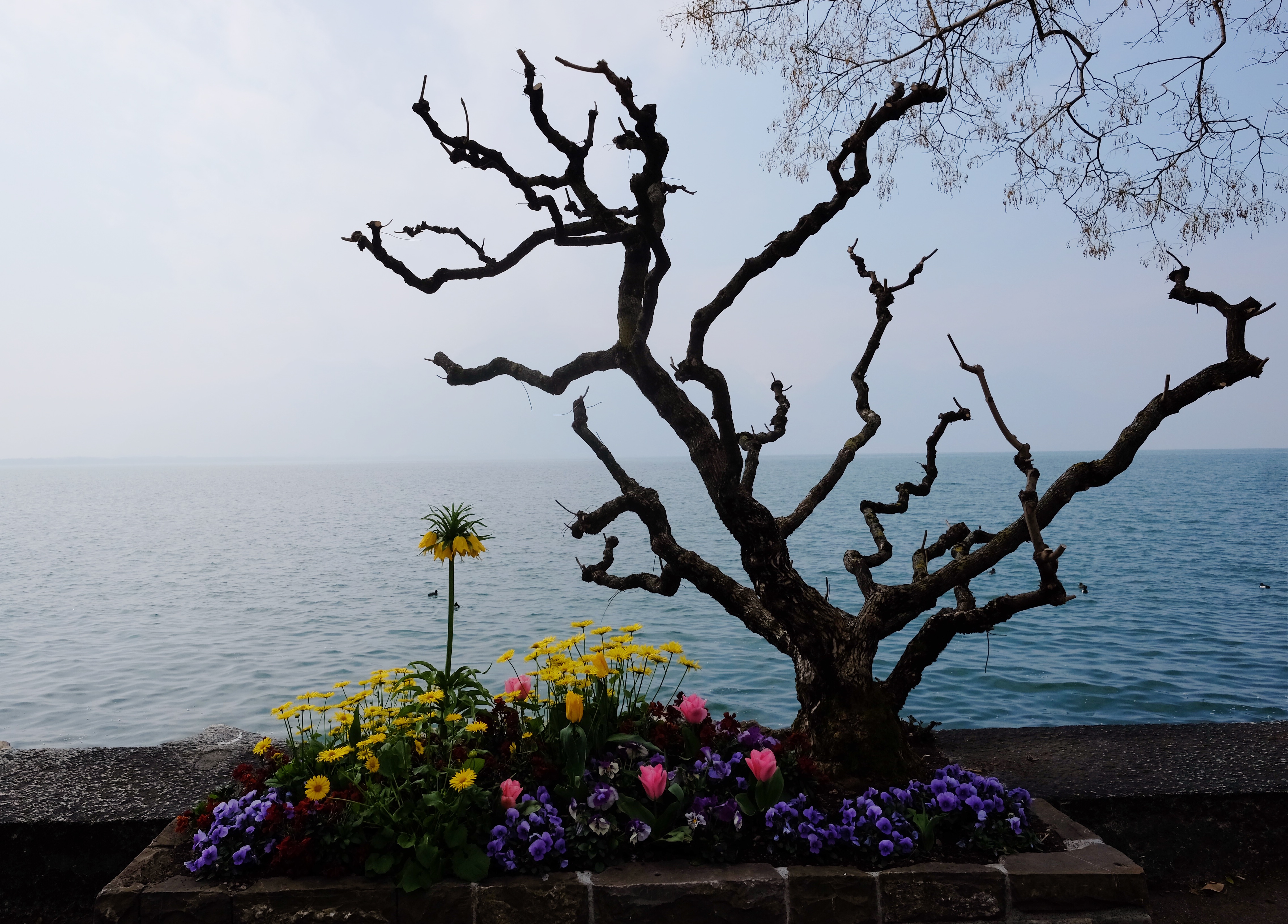
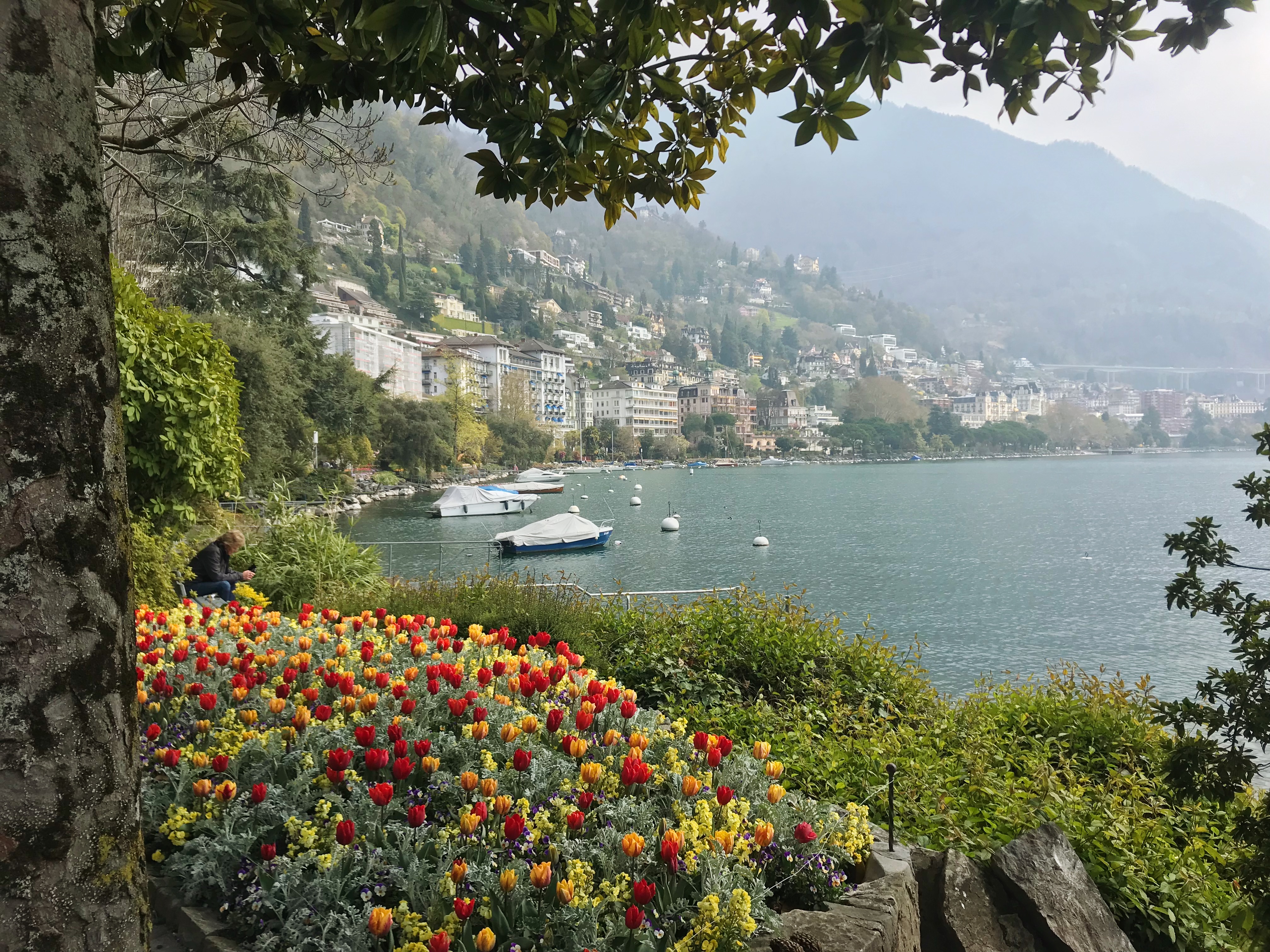
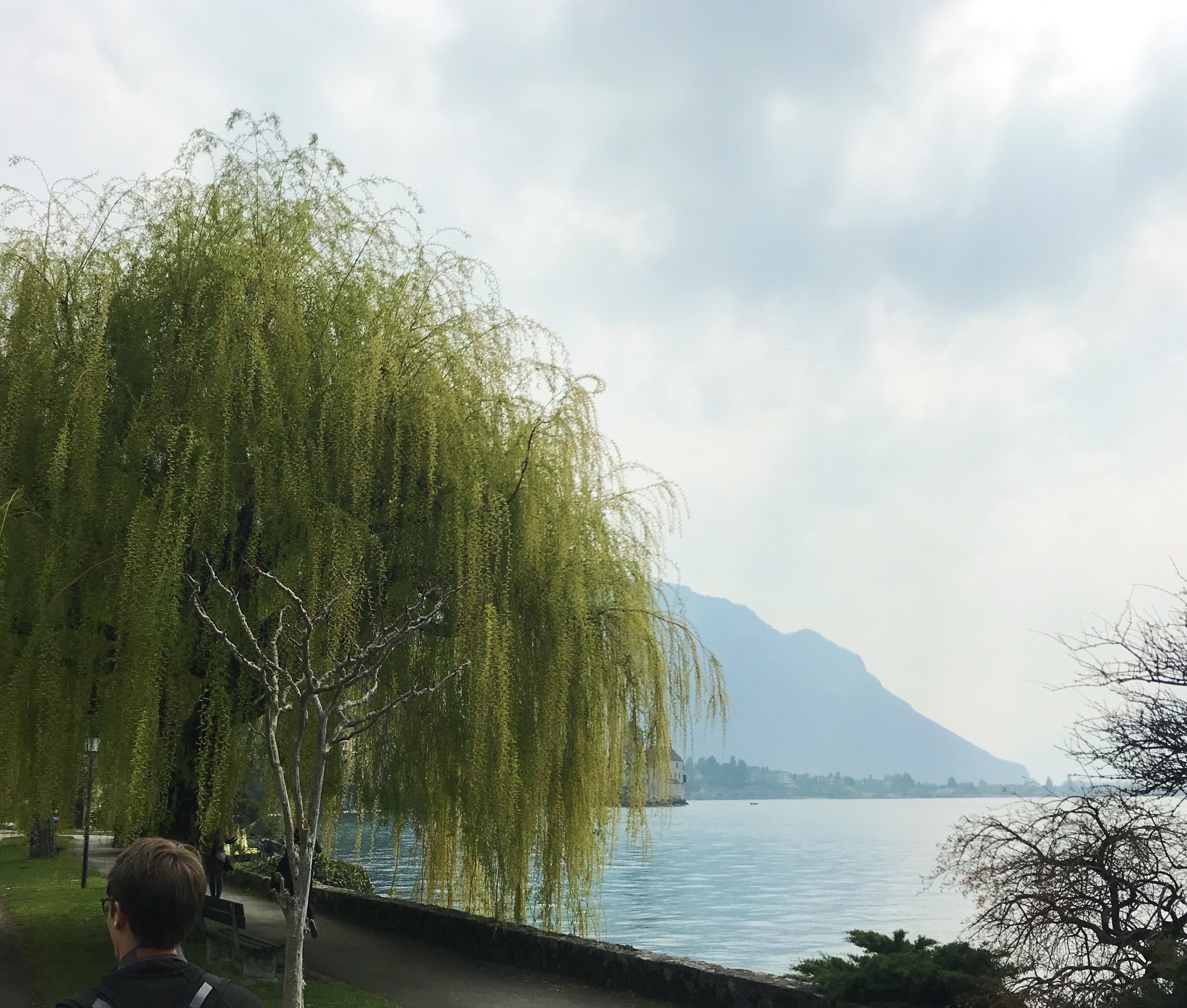
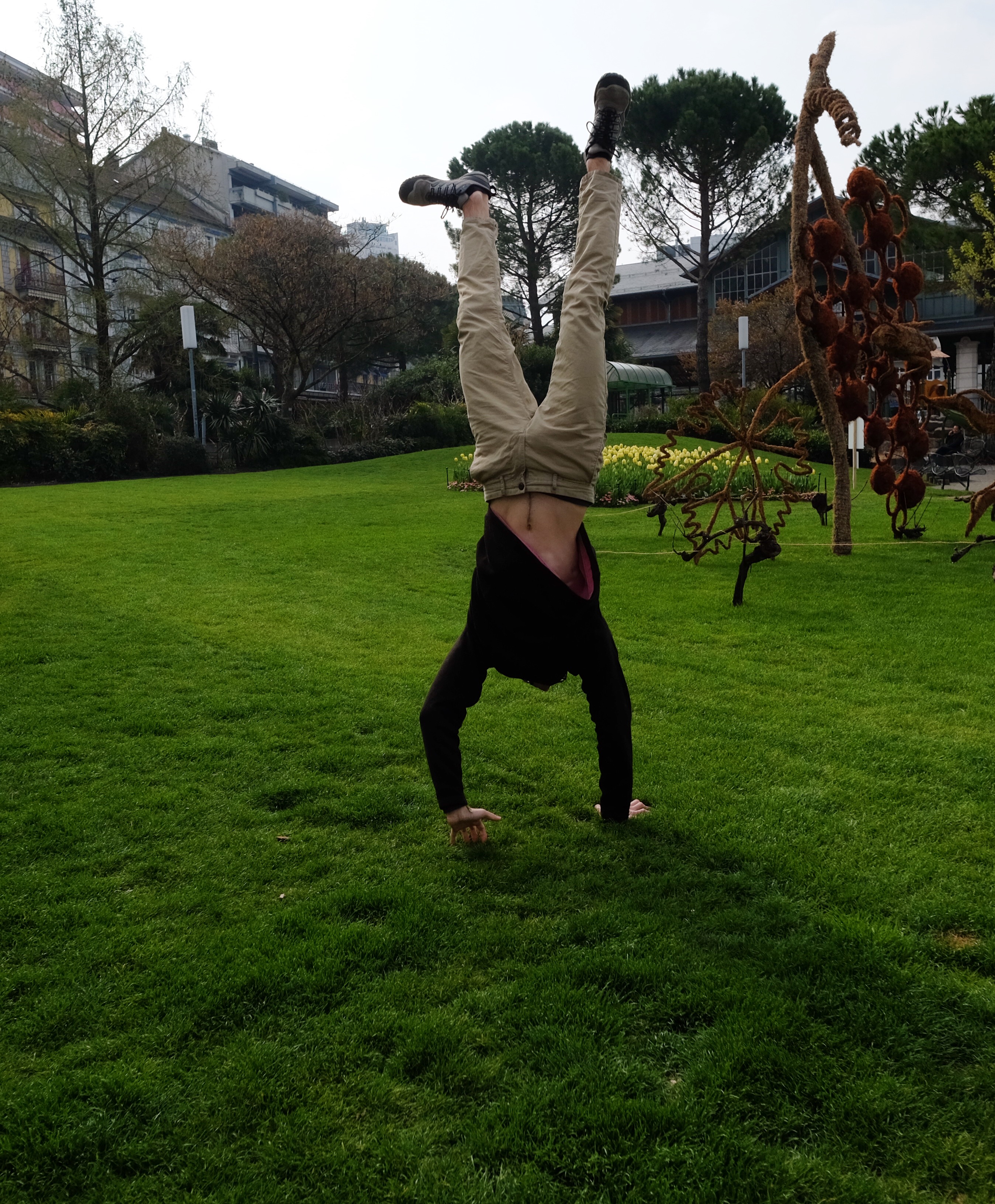
The grass is always greener, but this grass was the greenest and grassiest of the grassy greens.
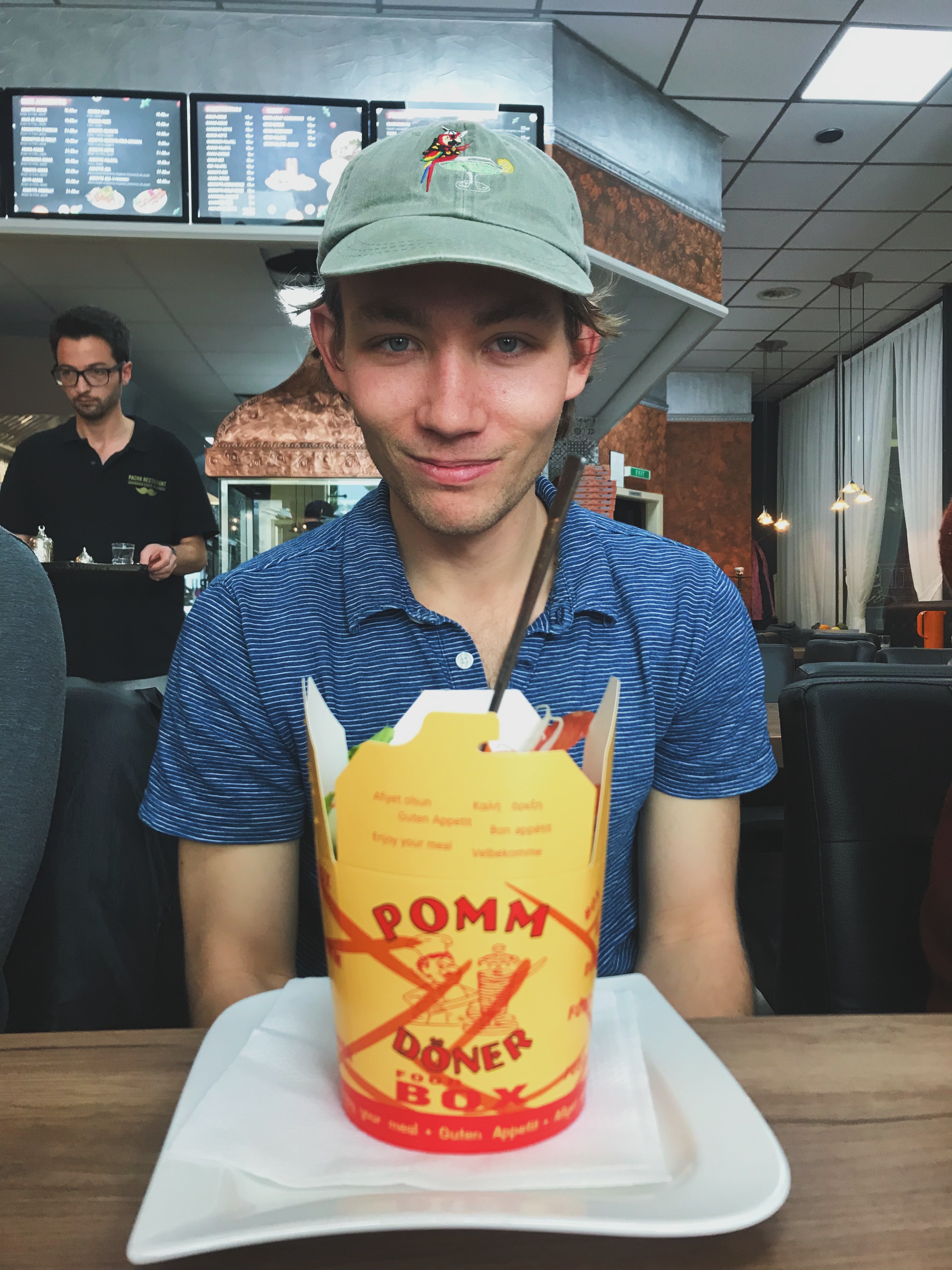
Apparently Döner Boxes are an all of Europe phenomena, because they have now been spotted and tried in at least 5 places. Each one is a different mix of fries, meat, veggies, and sauce, all twirled up and served in the same paper box.
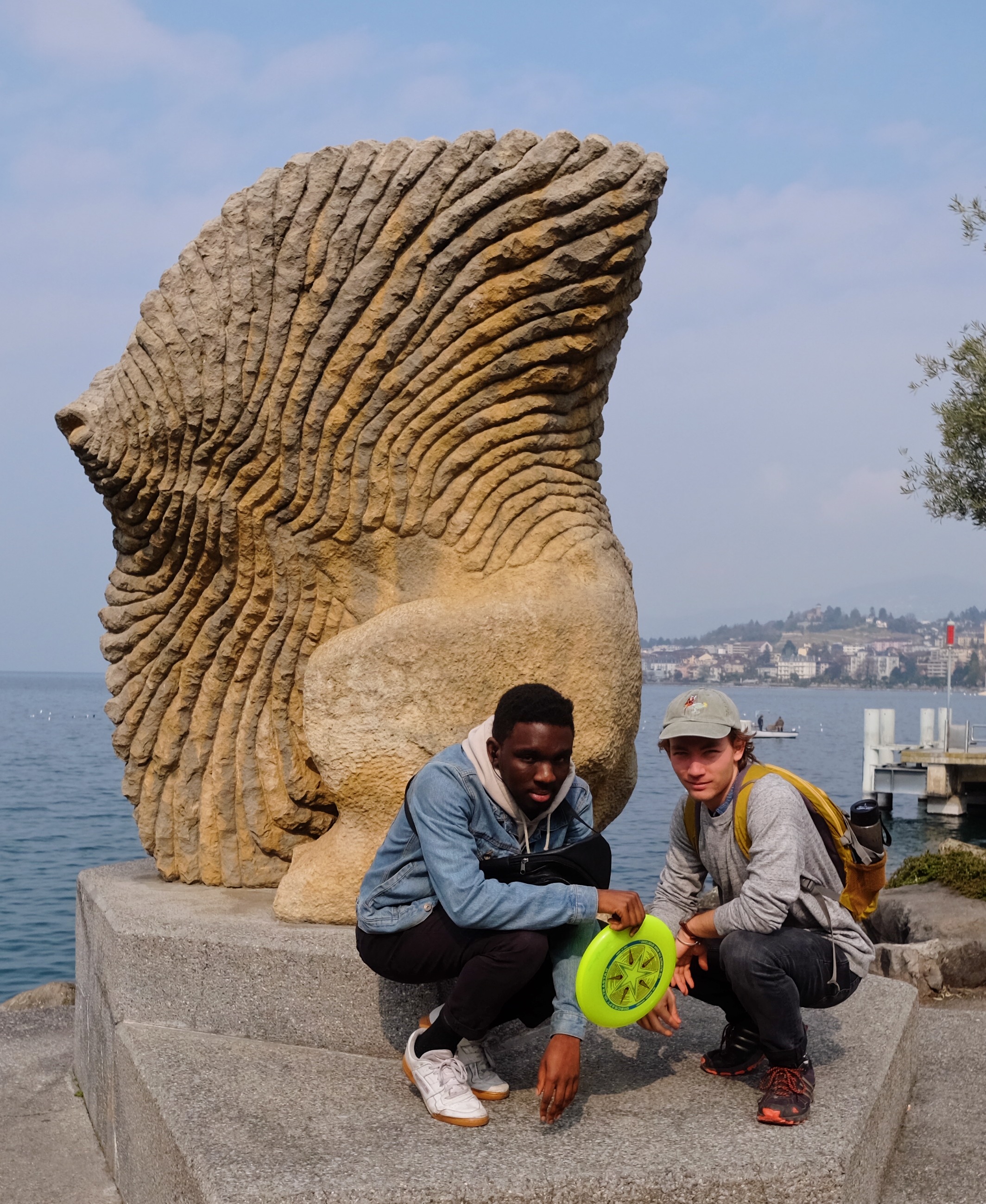
Still working on that mixtape.

I ate the most delicious mango gelato.

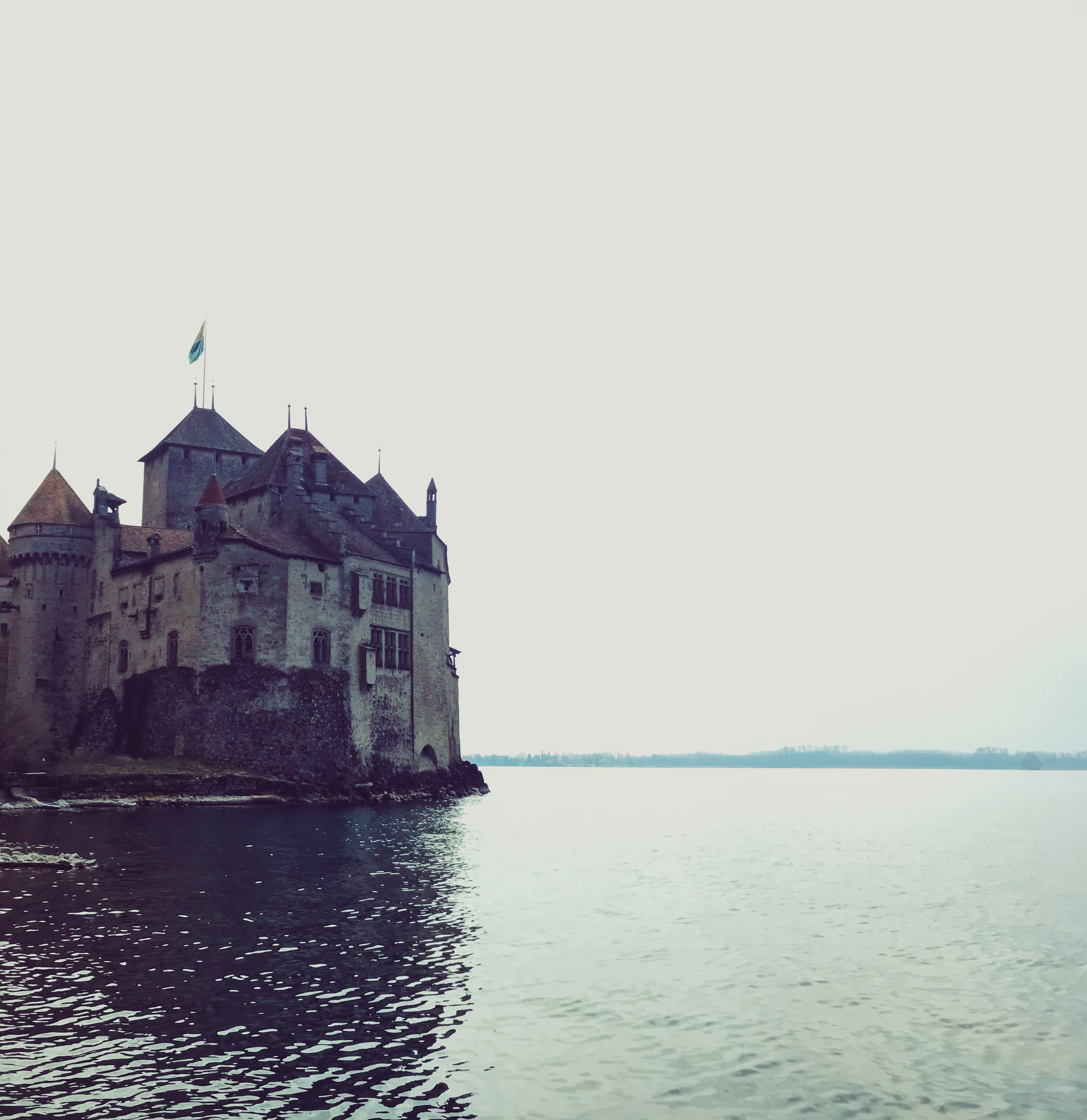
We also visited the Chillon Castle, which was neat. I spent the whole time looking for the Starks, but then I remembered Winterfell isn't on the water, and it was much too warm to be that close to the wall. (RIP the wall)
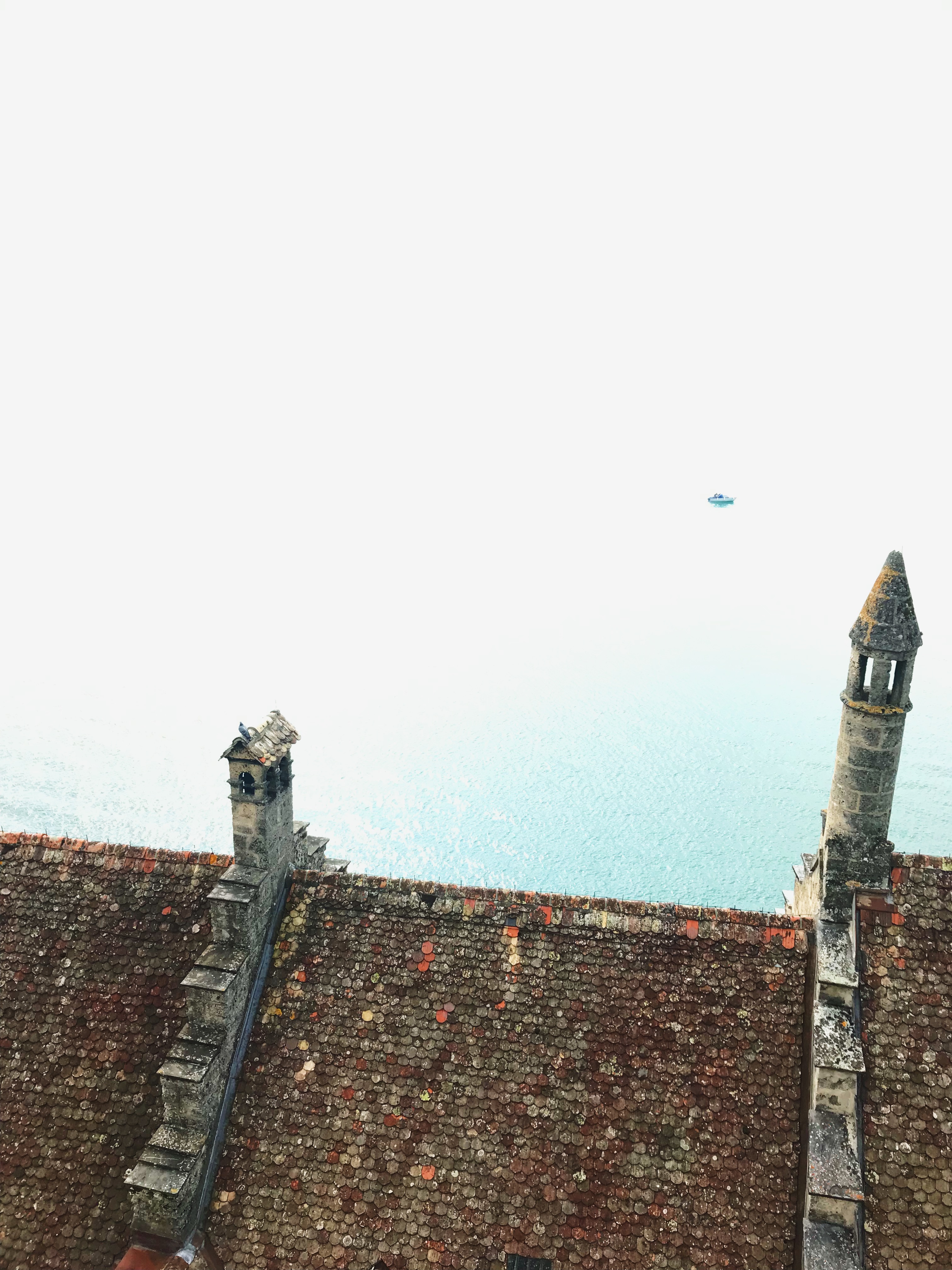
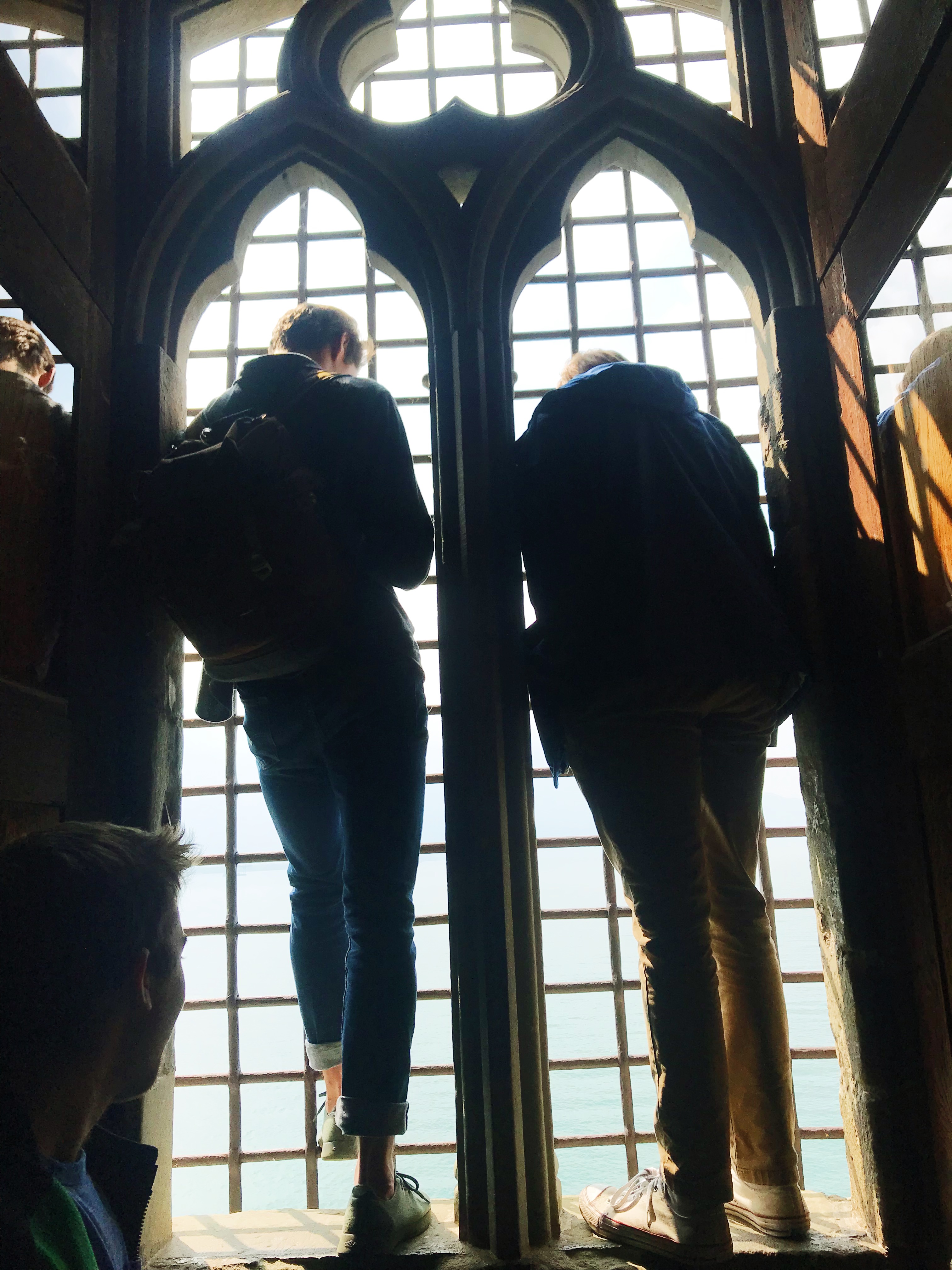
This week I completed most of the electrical, radiation, and gas leak training that is required to go down into the CERN tunnels where the accelerator is. I'm going to be performing actual measurements in the SPS, can you believe it? In total, there are more than 70 km of underground accelerator tunnels at CERN. If you need to visit multiple sites underground, that's a lot of distance to cover on foot and a lot of time spent walking. The solution is bikes.

Someday soon its going to be a picture of me on a bike and not some random white dude.
The safety training is vigilant, but the actual risks underground are minimal. The topic that sounds the most dangerous, radiation, is very minute. Naturally, when you speed particles up to the speed of light in a small tube, some of them will hit the walls. These particles cause reactions that produce other particles that then cause reactions that produce other particles, and so on. Its called a hadronic cascade, and it is monitored carefully by radiation experts. In fact there is a whole department dedicated to radiation safety.
In the electrical training they basically say don't touch live wires or you'll get electrocuted -- who would have thought.
The gas training has to do with all the helium. Something like two thirds of all helium on earth is at CERN (absurd), and it's used for cooling the superconducting magnets of the LHC and SPS. That means, when the accelerator is operating, all (or at least 120 tons at a time) of it is underground in the tunnels. You have probably inhaled some helium from a party balloon to make your voice high pitched. That's what would happen to all the scientists if there was a helium leak. I'm sure it would be hilarious to see everyone running around with helmets on trying to talk about science sounding like children, until the oxygen ran out, of course.
This is something cool that someone did. They applied some transducers to a superconducting magnet to change some of its energy into audible sound. It's a kind of ominous, harmonic hum.
Something that I think about often is how these particles are racing towards each other and colliding in a vacuum, where there is no sound. They're doing their collision thing at some seriously high energies, in total silence. Kind of like this.
I presented my project progress to my group this week, and it was terrifying. It's not easy to talk to a room of people, in which you know the least about what you are talking. But they told me I did a good job, and next week I get to sit in a chair and listen again, so that's a relief.
This week was a big week for astrology. The first ever image of a black hole was released, which is a huge deal. It's something that doesn't seem like it should be possible, imaging something that reflects no light, but yet there are people out there doing it.

It kind of looks like crap, but it's so fascinating. And to put in perspective the kind of progress that is likely to occur in this field, here is humanity's finest picture of our beloved Pluto from 1996, and again in 2015.

In other news, look who showed up yesterday.
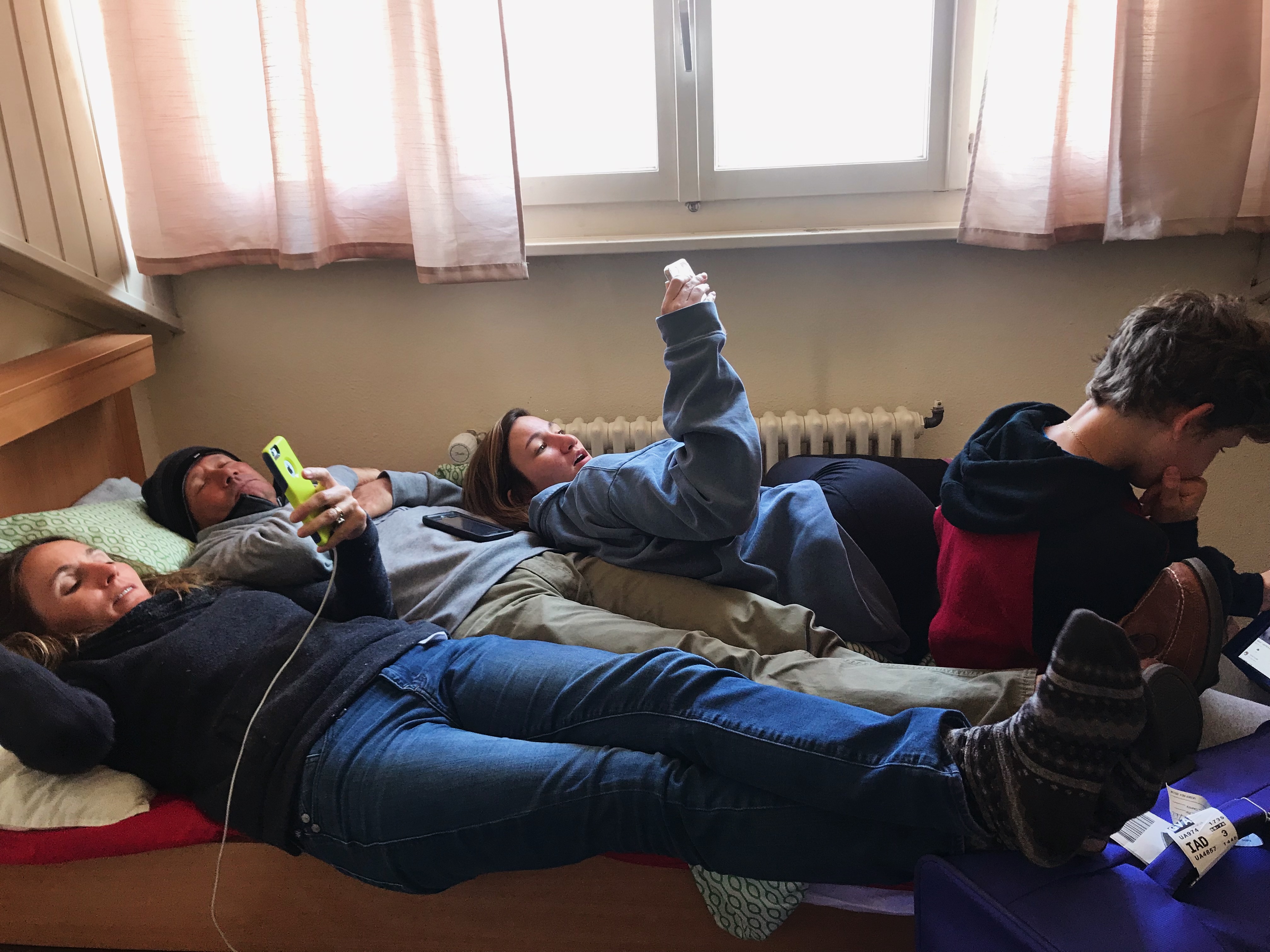
They immediately fell asleep in what may very well be the least comfortable bed. Generally, I can barely fit myself into this bed, but they all managed to arrange themselves in a position apparently more comfortable than an airplane seat. We walked around and saw the sights all day to minimize jetlag tomorrow. We have plenty planned for the next week, so stay tuned.

Gotcha!
